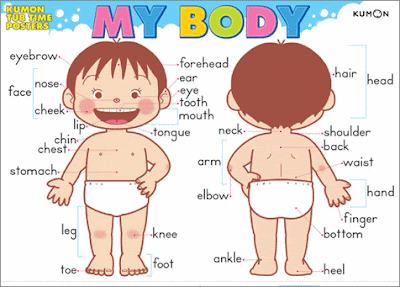1. The Definition of Announcement
Announcement is something said, written, or printed to make known what has happened or (more often) what will happen.
An announcement can also say as something that someone says officially, giving information about something.
2. Characteristic of Announcement
Use simple present tense or simple future tense often enticement.
- Simple Present Tense
Formula:
Subject (I, You, We, They) + infinitive
Examples:
I speak English.
You sing a song.
We go to library.
They play football.
Subject (He, She, It) + infinitive + -s/-es
Examples:
☺ He passes the Physics exam well.
☺ She buys a kilo of sugar.
☺ It makes you to be someone different.
- Simple Future tense
Formula:
Subject + shall/will + be + ….
Examples:
John will buy a new house next week.
She will help another person that gets through a terrible situation.
The government will visit the disaster victims.
I shall go to Surabaya tomorrow.
We shall do the best in our life.
Notes: For simple future tense will is used for subject (He, She, It).
Meanwhile, shall is used for subject (I, We).
Where usually we can find an announcement?
1. Television;
2. Radio;
3. Newspapers; and
4. Wall Magazine.
In writing an announcement, keep the following points:
Opening, The title/type of event;
Date/time, place; and
Contact person.
- Examples of Announcement


